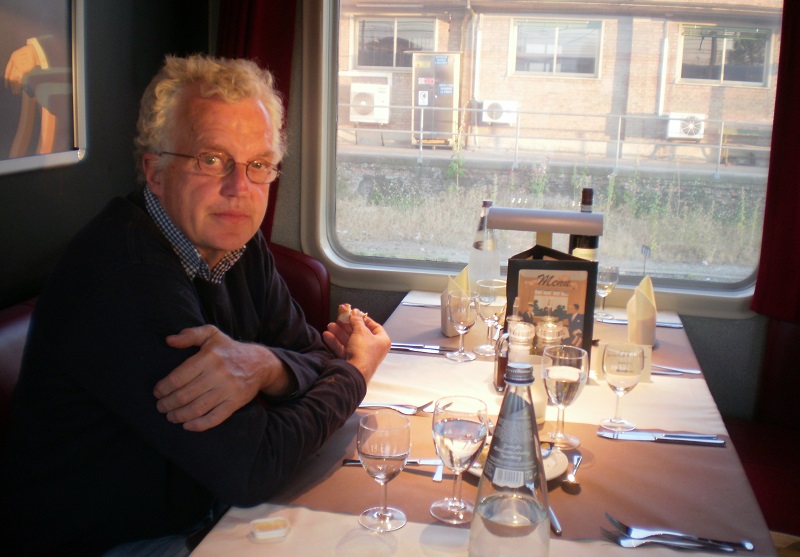The railways are seen as a green form of travel but their claim to sustainability has been coming under greater scrutiny recently. Successive transport ministers have pointed out that carrying around lots of fresh air in largely empty trains does not necessarily entail a lower carbon footprint than, say, driving a full car up the M1. The axiomatic assumption that rail is the best environmentally has therefore been challenged.
In response, the rail industry has become increasingly anxious to demonstrate its green credentials and last year produced The Case for Rail* which, not surprisingly, argued that ‘the industry has a strong to play in delivering sustainable transport’ and that a passenger on rail uses about half the carbon of a motorist and a quarter that of a person travelling by air.
But what of the future? In order to assess the various options for the rail industry over the next 30 years the industry’s Railway Safety & Standards Board held a series of workshops to determine the key drivers for the future shape of the railways. It then selected the most significant of these drivers to set out four possible scenarios for 2040, which depend on the assessing the most significant impact of these various factors**.
This is not an easy exercise in any industry but the railways presents particular difficulties as they are so influenced by governmental decisions. For example, one scenario, which the participants from the industry found most difficult to consider because it implied zero or low growth, was built on the basis that there would be active discouragement from the government for travel with an emphasis on working at home and on individual journey planning. The government would introduce – with some difficulty – a personal carbon rationing system which would ensure people chose the lowest carbon method of travelling door to door. At the other end of the scale of travel demand, there is the notion that government and private investment in large projects, together with innovative technology mean that the integrated transport vision beloved by policy makers has being realised. High speed lines ensure that business travellers can travel between major cities very quickly and GPS technology to mobile phones ensure that real time travel information is available at the touch of a button.
The other spectrum on which the scenarios are based is on whether there is an emphasis on journey planning which involves cooperation between modes to help bring about integrated transport, or on the competitive model, favoured, it seems, by both main political parties. Here the ‘travel less’ option is realised through a taxation system that favours less carbon intensive modes, notably road pricing which focuses heavily on the most congested roads. Employers have realised, too, that it is unproductive to allow their staff to travel large distances for work and have encouraged home working. On the assumption of increased travel, surprisingly, perhaps, it is buses and coaches, aided by low emission technology that prove to be the big winners and taking advantage of the cheaper prices they are able to offer.
Joanna Gilligan, the RSSB’s Sustainable Development Programme Manager said that people had to drop preconceived notions in order to look at the most far-reaching scenarios: ‘These are deliberately designed extreme scenarios in order to flush out what policies would be needed to get to a particular solution’. Indeed, that is the point of the exercise. It is not so much the precise scenarios that are important, but the method of thinking through policies that are often rather woolly – such as ‘let’s get more freight on rail’.
Despite the contrasting nature of the scenarios, several common themes emerged, notably that transport would rise up the political agenda, energy issues will become ever more crucial and sustainability will become an ever greater consideration for policy makers.
While buses do well in all scenarios, there is a more message for rail though, on the whole, the industry comes out relatively well, especially freight. There are, though, unexpected consequences highlighted in some of the scenarios. For example, road pricing, tailored towards congested areas would reduce the price of driving in rural areas and therefore make rail lines in those parts of the country even more uneconomic than they are today. What the scenarios demonstrate comprehensively is that the rail industry cannot be complacent about the future. To retain and even increase its existing modal share will require both the right actions from within the industry and support from government.
